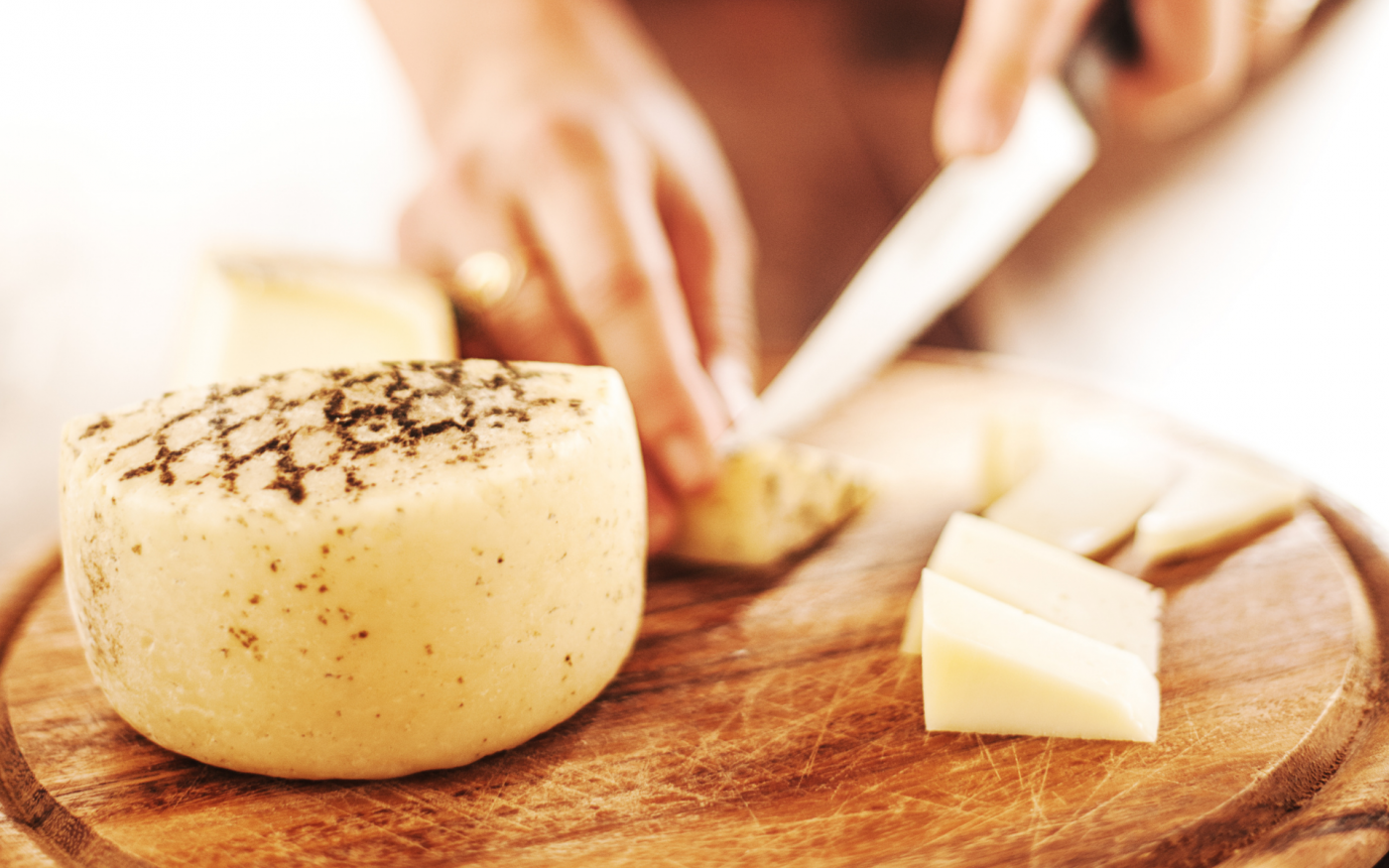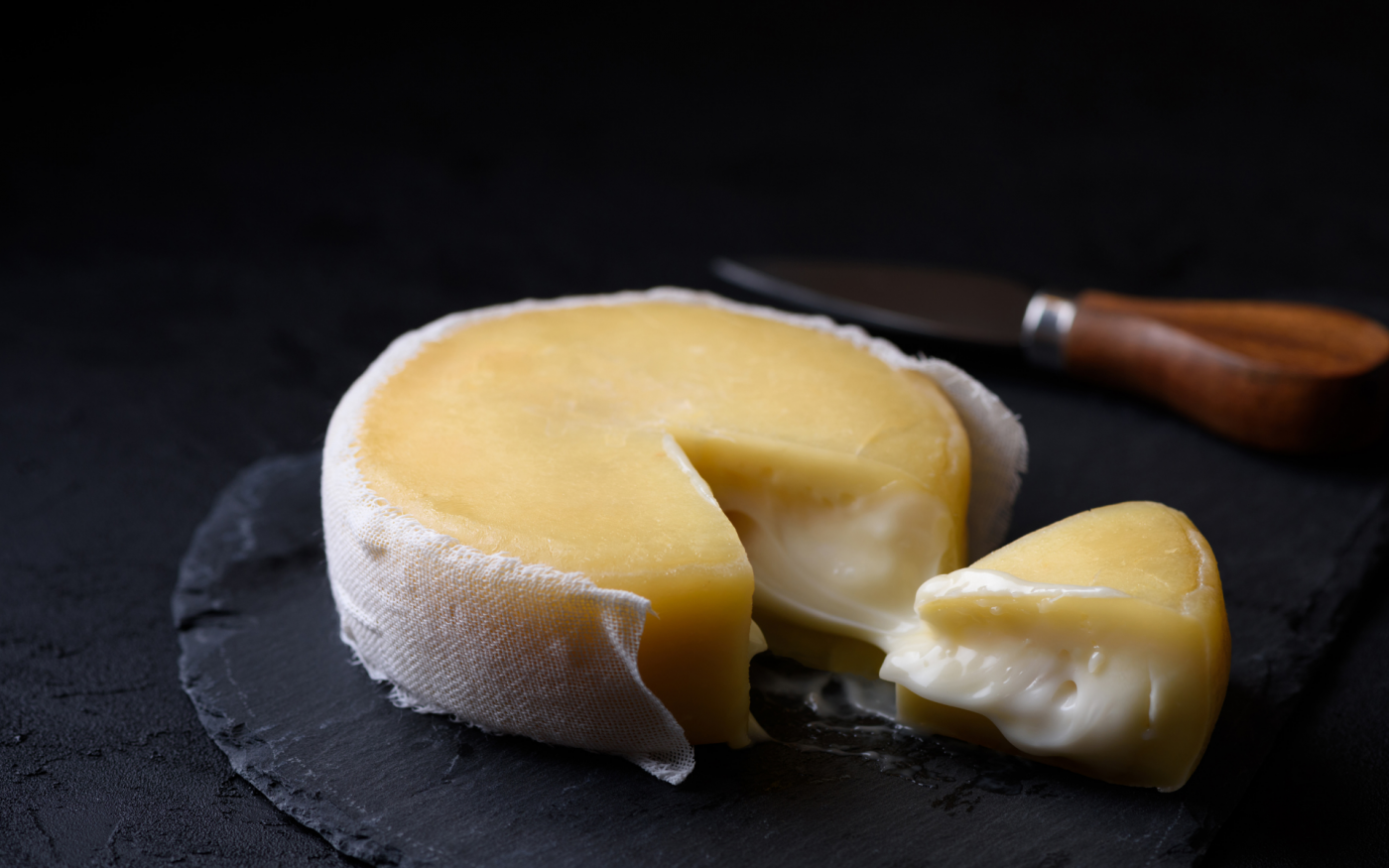Tasty reads
Preserving Cheese

Cheese is a gastronomic product which is often found along side our meals. Once purchased, however, do we know how to properly preserve it?
Here are some tips that will help you keep the organoleptic qualities of your favorite cheeses in good condition, after buying them.
Let’s begin by understanding the difference between seasoning and preservation, two consequential and diverse processes.
Seasoning, except for fresh cheeses, is an integral part of the cheese production process and occurs on the entire mass of the product.
The fundamental parameters that govern this process are the temperature and humidity of the environment.
Seasoning is carried out by expert hands and allows the cheese to develop the typical odors, flavors and aromas that distinguish each cheese typology.

Preservation is a contingent necessity, often harmful for the good keeping of the product.
The heat and humidity values that are kept under control during maturing should be maintained even during household storage.
In most cases, preservation is carried out on slices or portions, and as a result certain chemical processes that compromise the healthy state of the product come into play.
This is why, we should try to minimize this practice.
Cheese oxidizes rather quickly on the surface.
Phenomena such as proteolysis and the growth of olfactory and taste notes can reach harmful levels, so too can ultraviolet light rays that degrade fat substances and vitamins.
The problem with household cheese preservation can be solved by buying small portions and consuming them in a few days.
Only those who live far from dirty and polluted metropolitan environments, and have a fresh cellar, can buy larger portions of cheese that can easily be preserved.

Now that d’antan style pantries no longer exist, we have to use a fridge, in its least cold part, and place the well-wrapped cheese slice in a sheet of greaseproof paper.
Remember: the slices must be separated from each other and wrapped individually.
Some make a distinction between the preservation of hard and seasoned cheeses and cheeses with a soft and short ripening paste.
Let’s see together the differences.
Seasoned cheeses (like grana parmesan or pecorino cheese, for example) should be wrapped in a hemp or cotton towel that is freshly clean and without any detergent odor, and then placed in a small, ventilated dispenser.
The piece of cheese wrapped in a cloth towel, if it has a sufficiently dry paste, can also be placed in a polyethylene bag with holes and put in a cool and dark place.
Nevertheless, continue checking regularly its preservation state: blue molds may appear on the surface.

Fresh cheeses should be placed in the coldest part of the fridge (between two and four degrees Celsius).
Mozzarella should be left in its whey and preserved at room temperature.
Even more so than seasoned cheeses, soft paste cheeses should be consumed within a few days after purchasing, so they don’t lose their original taste.
And remember, to fully enjoy its taste, cheese must be removed from the fridge roughly an hour, or at least half an hour, before being consumed, unwrapped and oxygenated.
